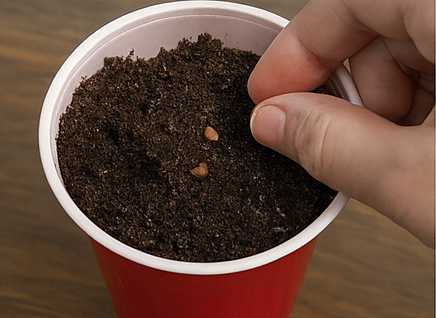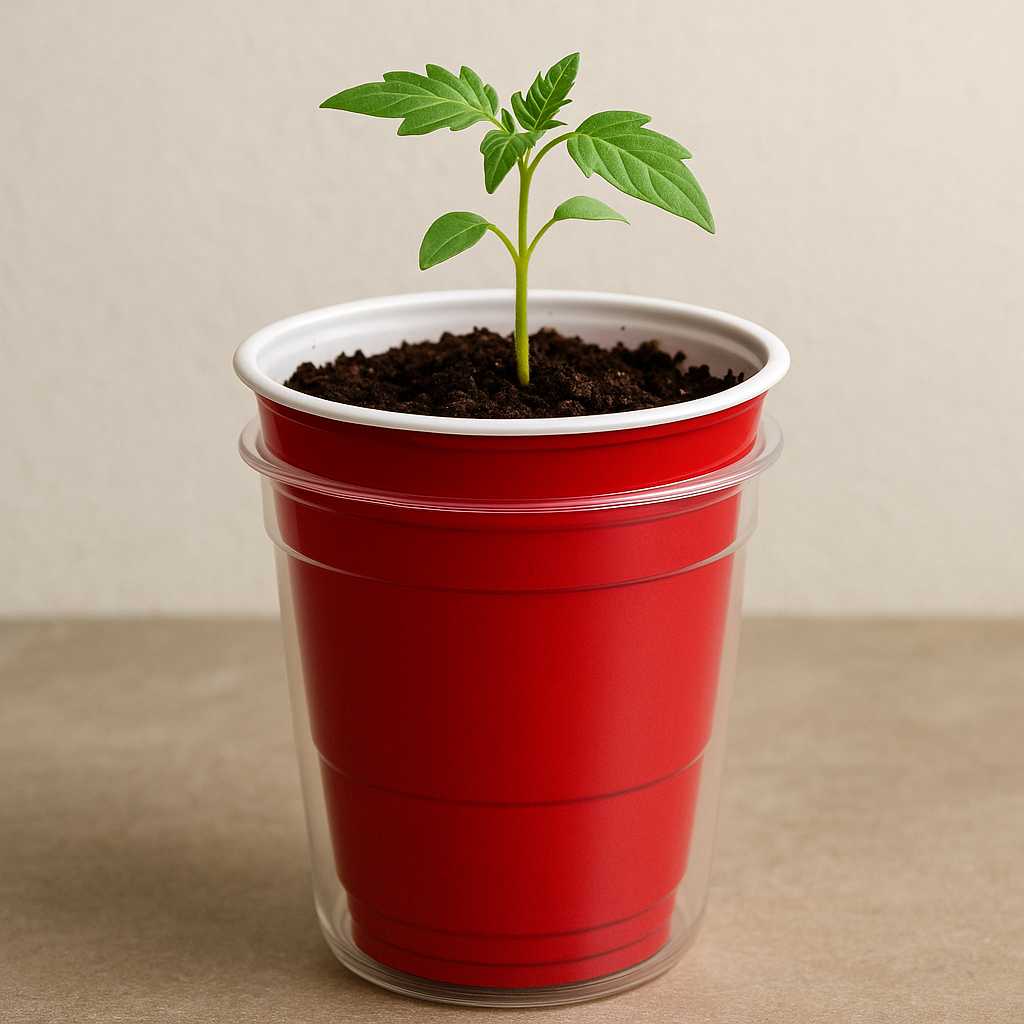Florida’s heat can make seed starting tricky. Weak, leggy seedlings often struggle once transplanted. The Double-Cup Method, popularized by home gardeners and YouTube growers, is a simple solution for growing sturdy, deep-rooted seedlings that thrive in Florida’s Zone 10a heat.
Why the Double-Cup Method Works
Bottom watering = stronger roots: Moisture wicks upward, encouraging deep root growth.
Even moisture = fewer problems: Prevents soggy soil and fungus gnats.
See root growth: The clear outer cup lets you know exactly when seedlings are ready.
No early up-potting needed: Seedlings can stay in the same cup for weeks.
What You’ll Need
Two cups per seedling:
One red Solo cup (or any sturdy cup) for soil.
One clear plastic cup for the water reservoir.
Scissors or a utility knife.
Seed-starting mix (light and fluffy).
Tomato seeds.
Step-by-Step: How to Do It
Step 1: Prep the Inner Cup
Cut or punch three small triangular holes near the bottom of the red cup. These wick water upward and allow roots to grow out when ready.

Step 2: Fill with Seed-Starting Mix
Add moist seed-starting mix until the cup is ¾ full. Plant 1–2 tomato seeds about ¼ inch deep and lightly cover.

Step 3: Nest the Cups
Place the red cup inside the clear cup, leaving ½ to 1 inch of space at the bottom for a water reservoir.
Step 4: Water From the Bottom
Pour water into the clear cup until it just touches the red cup’s holes. The soil will wick up only what it needs.
Step 5: Watch and Refill
Check water every few days and refill as needed. When you see white roots pressing against the clear cup, it’s time to transplant.
When to Transplant
Seedlings are usually ready in 3–4 weeks, once they’re 6–8 inches tall with a strong root system. Move them into:
A larger pot (like a gallon), or
Directly into raised beds.
The Payoff
With the Double-Cup Method, you’ll grow healthier, sturdier seedlings that bounce back quickly after transplanting—no more floppy, stressed plants. Starting strong is the secret to baskets of juicy, Florida-grown tomatoes later in the season.

